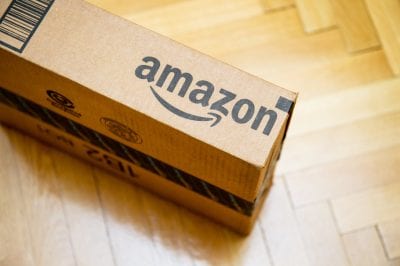From a supply chain perspective, using oversized packaging is not beneficial. Many companies have utilized one-size-fits-all boxes for their LTL shipments without realizing how dimensional weight systems work and how the package affects shipping costs. Typical e-commerce packages consist of 40% air and filler, leaving LTL trailers extremely light. But this ignorance costs shippers a lot of money: in January 2015, FedEx and UPS shifted to dimensional weight pricing for all packages.
Fact: About 75% of all B2B and B2C packages weigh less than 20 lbs. and is affected by dim-weight pricing.
Oversized packages consume valuable trailer space, and the dim weight system successfully resolves this problem. Dimensional weight means that a shipping price is based on both package weight and package size. With the implementation of dim-weight pricing, LTL carriers have passed the costs of inefficiency to shippers, inducing them to abandon oversized packages.
Read more: Why Carriers Apply Dimensional Weight Pricing
The growth of e-commerce is a key driver of dim-weight pricing. Size does matter, especially when it comes to e-commerce, where the number of packages is bigger and the average shipment size is smaller. With limited resources and tough competition, shippers must make packaging as efficient as possible.
Oversized packages lead to:
– A Shortage of valuable storage space in distribution facility and on store shelves
– Increased shipping costs and supply chain expenses
– Supply chain waste
– Increased vulnerability to damage
There are several solutions that help companies adapt to new packaging standards. They can turn to advanced packaging materials that protect products while occupying minimal space in a trailer. Air cellular wrap, for example, could provide better protection than loose fill or paper, while occupying less space.
Why not go even further and design your product in a way that it can be put in a small package and efficiently transported later? Ikea successfully uses this approach and became a true leader of efficient package design. Ikea also cooperates with its suppliers in order to make all products “logistics-friendly.” They think about shipping from the start, and it allows them to save supply chain costs and set up lower prices for customers.
There are also systems, like The Box on Demand, which automatically measures goods and instantly produces the optimum size box. This system makes about 450 boxes per day by cutting and scoring the carton to the specified dimensions. Such technology reduces dim weight charges and dunnage costs, but it’s a serious investment that should be carefully considered.
Read more: Two Critical Factors for LTL Shipping
Not sure if you can cope with dim-weight pricing and LTL carrier selection? Let us help you! Contact PLS Logistics experts for consulting and shipping assistance of any kind.


